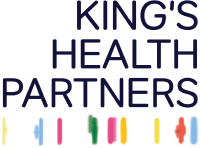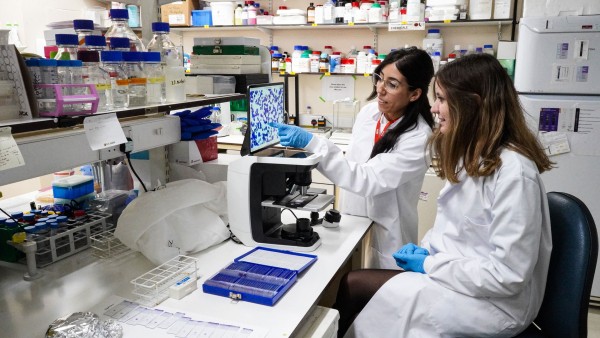17 November 2021
Hear from Dr Robert Harland [Pictured] on how an innovative approach to treating patients with non-affective psychosis could be used on a far wider scale.
The Psychosis Clinical Academic Group (CAG) Population Health Management Platform has been developed iteratively through a participatory design approach over a period of two years, with clinicians and other stakeholders feeding back their experience of using the platform to manage populations. The platform has seen transformations in the way we can see and scrutinise our local clinical data and participate in Integrated Care, and we believe can support similar transformations on a far wider scale.
The Psychosis CAG Population Health Management Platform is the product of a collaborative effort between the following groups:
- Clinicians and academics in the Psychosis CAG.
- Informaticians in the National Institute for Health Research (NIHR) Maudsley Biomedical Research Centre (BRC).
- Computer Scientists in the Centre for Translational Informatics (CTI) and Department of Biostatistics and Health Informatics.
- Researchers at King’s College London (KCL).
After initial development, the feedback gathered from clinicians and other stakeholders can then be used to inform its further iterative development.
We aim to use this bottom-up approach to perfect tools that enhance clinicians’ ability to perform their roles, centring the holistic needs of the patient, and thereby improve clinical outcomes in the local population.
Ideally future data-driven systems will be able to share core data across CAGs and primary care, and certain simple and even complex processes may benefit from advanced analytics support such as Artificial Intelligence.
However, this platform, at present, is only based on secondary care data for one condition, non-affective psychosis, and only data held by one secondary care mental health provider, the South London and Maudsley NHS Foundation Trust (SLaM).
Despite this limitation, using a robust data set from an advanced model which combines structured data elements with Natural Language Processing output and innovative and interactive visualisations based on open standards through the CogStack platform, it still transforms the way we can see and scrutinise our local clinical data and participate in Integrated Care.*
The platform visualises patients with non-affective psychosis who have been known to SLaM, even those discharged to primary care, as this population has significant needs with regards their physical and mental health and may benefit from some speciality monitoring or treatment even after discharge.
In terms of case load management, it allows clinicians to see their caseload and ensure equitable care in terms of an evidence-based pathway. This might include how often patients are seen, beds used, medication prescribed, psychological therapies offered and physical healthcare provided etc.
The key functionality of the platform allows the clinician to move from population or caseload data to the individual case and hyperlink directly into the Electronic Health Record. Simple applications allow for medication reviews, while ‘flagging’ can be built-in to highlight abnormal or absent data to clinicians.
More broadly, through a view of the local clinical population across primary and secondary care, the platform allows clinicians and local managers to plan innovative integrated services with local GPs. Patients with chronic long-term conditions and other comorbidities who have been discharged, often on long-term psychiatric medication, can now be seen and prioritised for discussion.
Better coordinated and planned tertiary prevention of those who have been discharged is likely to reduce relapse, allow for earlier intervention in this group, and avoid the levels of crisis and coercive care which can at times overwhelm our system.
The platform can also visualise incidence of secondary care psychosis, allowing us to see where new cases are emerging. Visualising this on a map allows the Trust to better target limited resources for earlier intervention (secondary prevention in those without established illness).
We might also consider targeted approaches aimed at the causes of disorder: in psychosis this might be cannabis reduction, work with families, or other social interventions (primary prevention).
Inequalities can be visualised, allowing differences to be addressed. The data over time application allows live data to be tracked week-to-week where the impact of new service developments or quality improvement initiatives can be seen directly in clinical outcomes across the population.
The complementary challenge is how to engage and enable patients and carers through their access to the data we hold. Alongside future coordination with other CAGs and with primary care, almost of more importance is to fully integrate the platform with patient portals such as Beth at SLaM, so those we care for can see and contribute to their data. This includes through Point of Care, other devices and digital health tools where users can add to and correct their data.
The platform has the potential to enable a more proactive and responsive system that is more coordinated in its awareness of individual patient and population need.
Liked this article? Make sure to watch Dr Harland’s talk on the Psychosis Population Health Management Platform at King’s Health Partners Annual Conference 2021.
*Open standards refers to the tooling around the CogStack visualisations which is based on opensource tools and frameworks.





